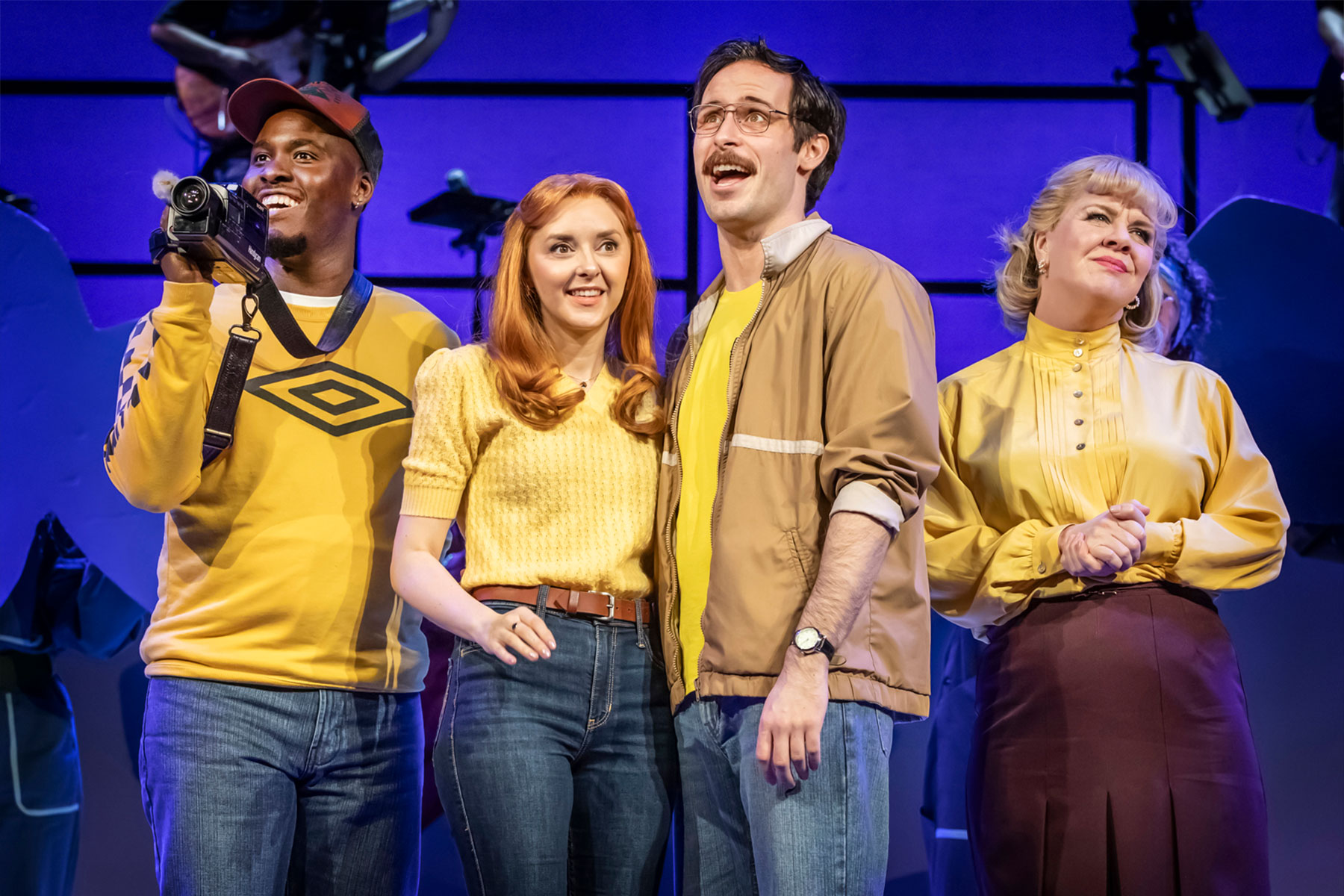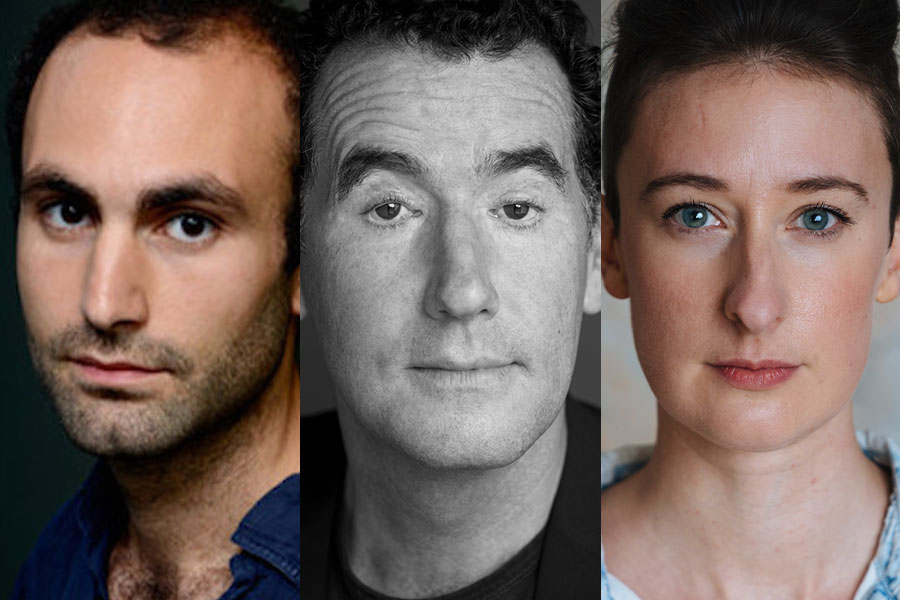The Winter’s Tale (Hoxton)
In an odd, not to say perverse, mood of experimentalism, director Phil Willmott has destroyed the chronology of Shakespeare’s most beautiful play, The Winter’s Tale, starting with the rustic marriage in Bohemia before reverting to the jealousy of Leontes in Sicily that led to Hermione’s arraignment and the abandonment of baby Perdita on a foreign shore.
In other words, the tragedy and romance of the Leontes plot is used as an explanation for the wedding, thus upsetting the whole tonality of the play, which is one of resolution and discovery after the emotional upheavals, accusations and bizarre events of the first three acts. We don’t even see poor old Antigonus, the baby’s saviour, exit “pursued by bear”, and that wonderful nightmarish, ambivalent bridge passage between the two worlds of the play loses its power and poetry.
The story of Leontes is in fact “recounted” by Autolycus, that snapper-up of unconsidered trifles, here played by Phil Sealey as an unkempt boozer not unlike Azdak in Brecht’s The Causasian Chalk Circle.
This isn’t too bad an idea, but it suits neither the play nor Autolycus, who comes across as a boorish idiot. Still, Sealey is a strong actor, which is more than you can say of most of Willmott’s cast. You can make all sorts of allowances in amateur Shakespeare productions, but a professional version as unevenly and often thinly performed as this sounds like Beethoven’s Ninth on a penny whistle.
Gwilym Lloyd rants and raves as Leontes with a sort of thuggish consistency and energy, Natasha Seale is an urgent but not very touchingly transformed Hermione, while the always reliable Ursula Mohan shows up brightly as the loyal Paulina. But there’s no love or music in the verse speaking and the magic of the rituals and reconciliations is trampled carelessly underfoot.
The Courtyard is a new venue within the Grade II-listed Hoxton Library just behind Hoxton Square, an area rich in its own history of ale-houses and music halls. There’s 7,000 square feet of performance, gallery and rehearsal space, and a horrid, over-priced bar whose staff make a great point of saying they are nothing to do with the theatre!
The 150-seat theatre itself, awkwardly situated along a corridor and up a staircase, is a good rectangular area with distinct possibilities. Willmott uses the space very well. If he’d loved the play more, and trusted its own revelatory rhythms and structure beyond his own desire to expose them in a different way, the results could have been correspondingly fruitful.
– Michael Coveney










